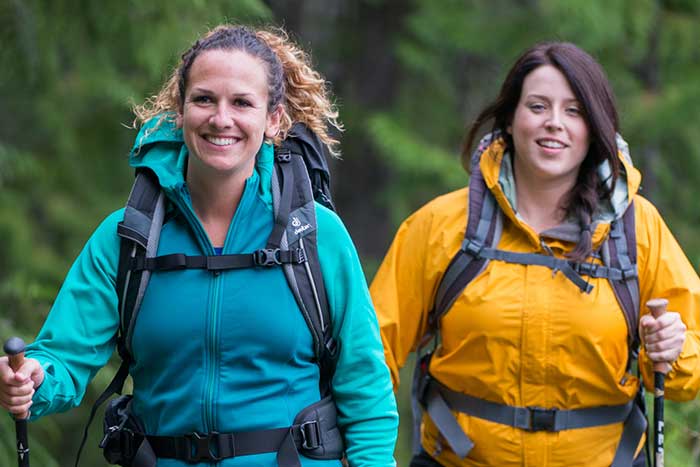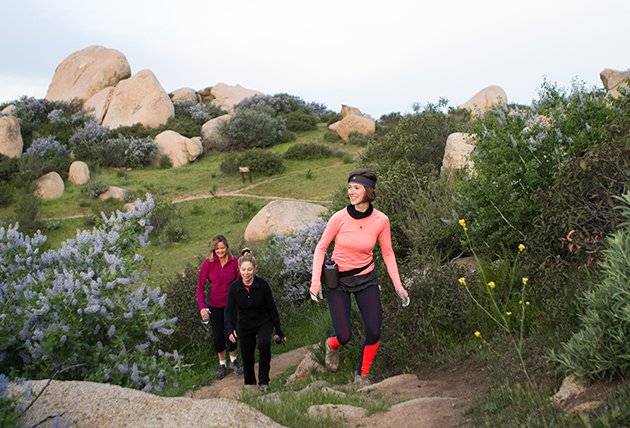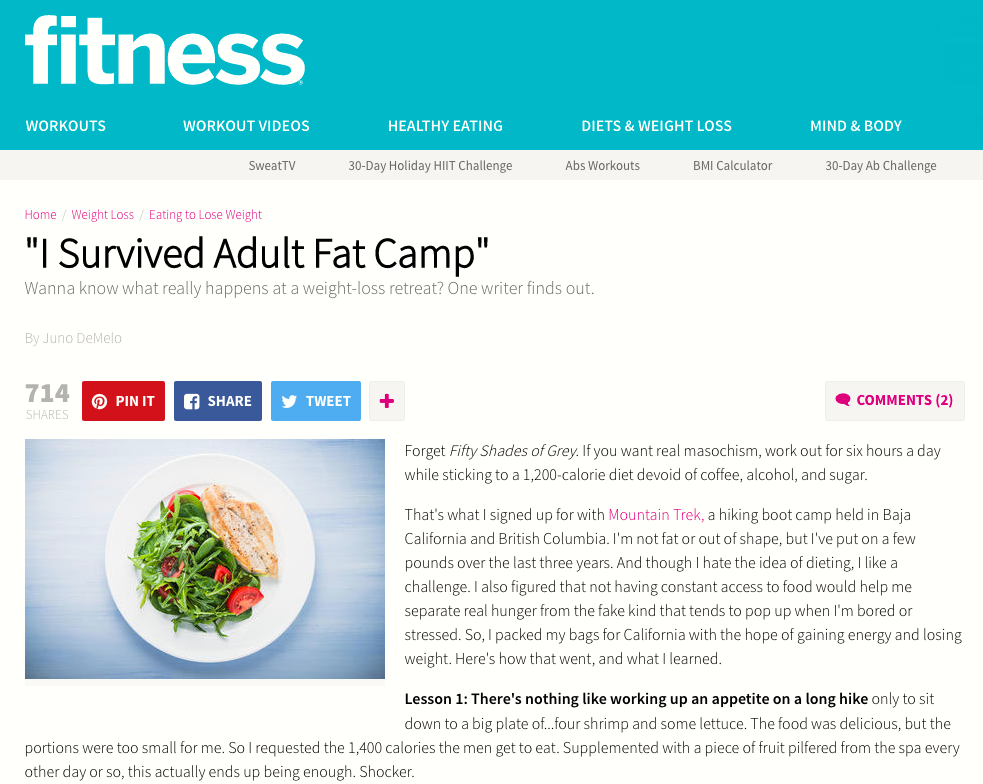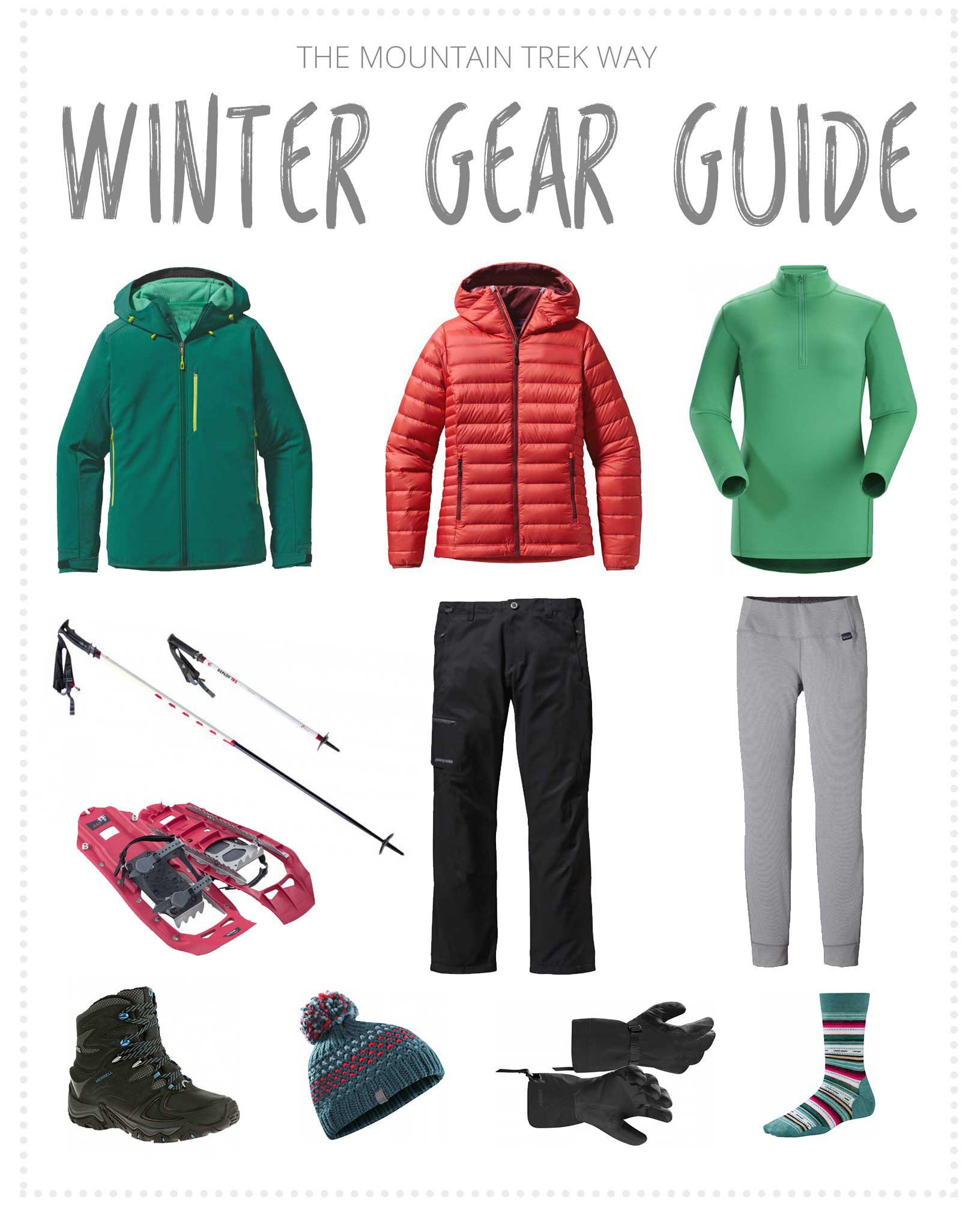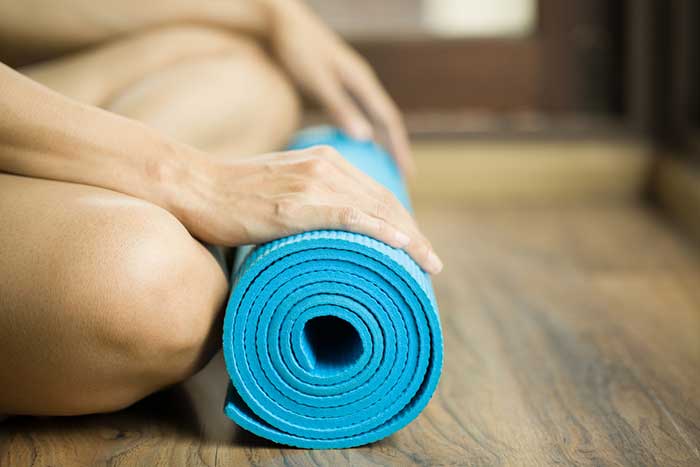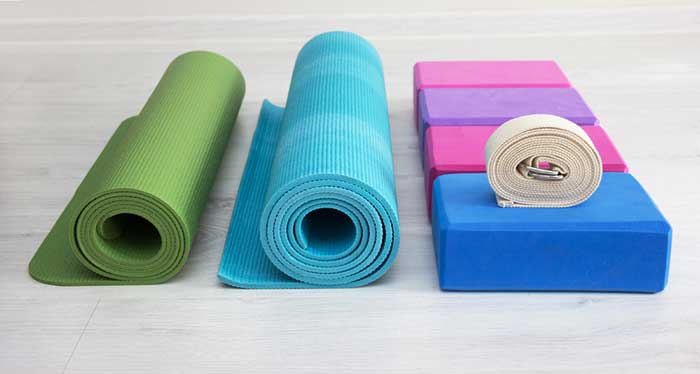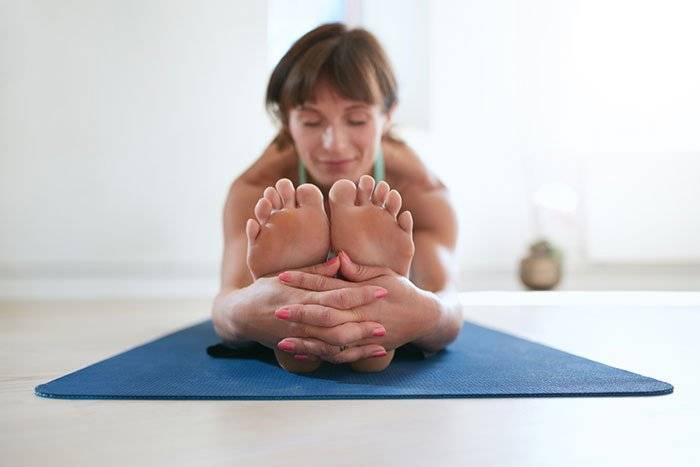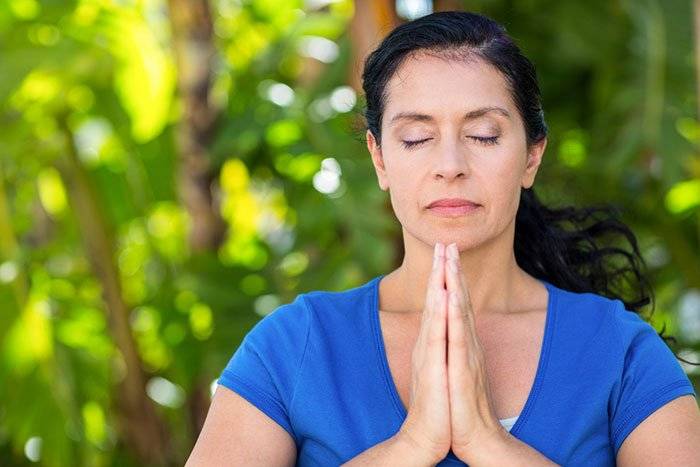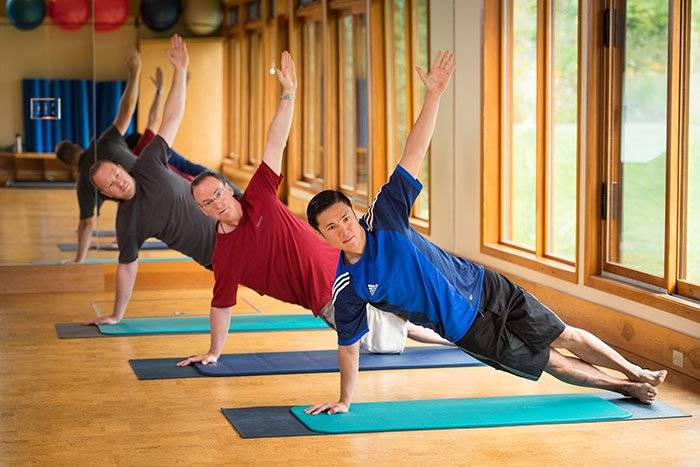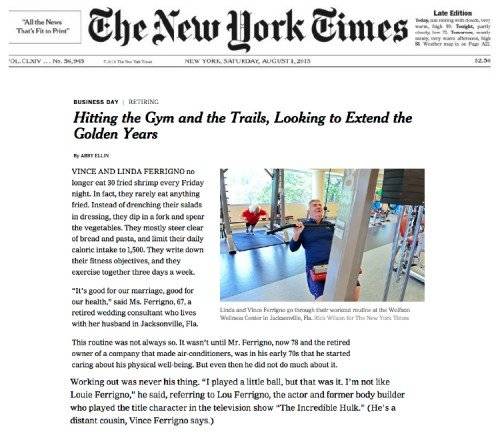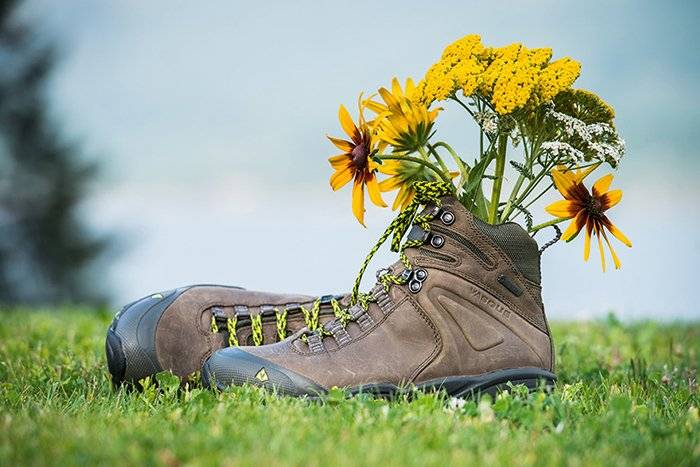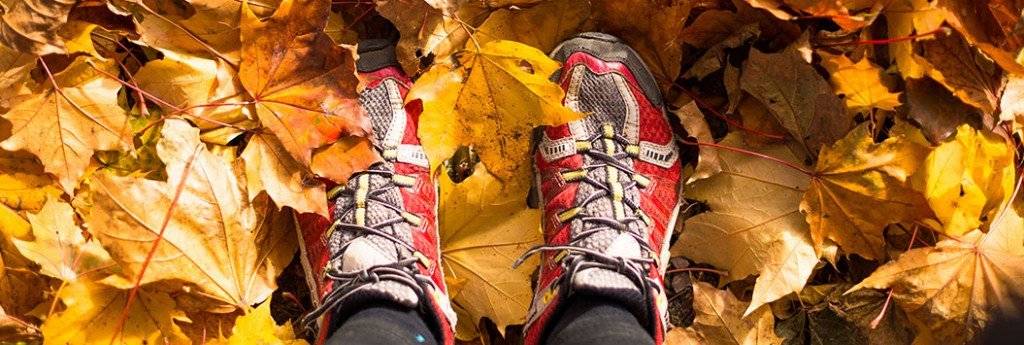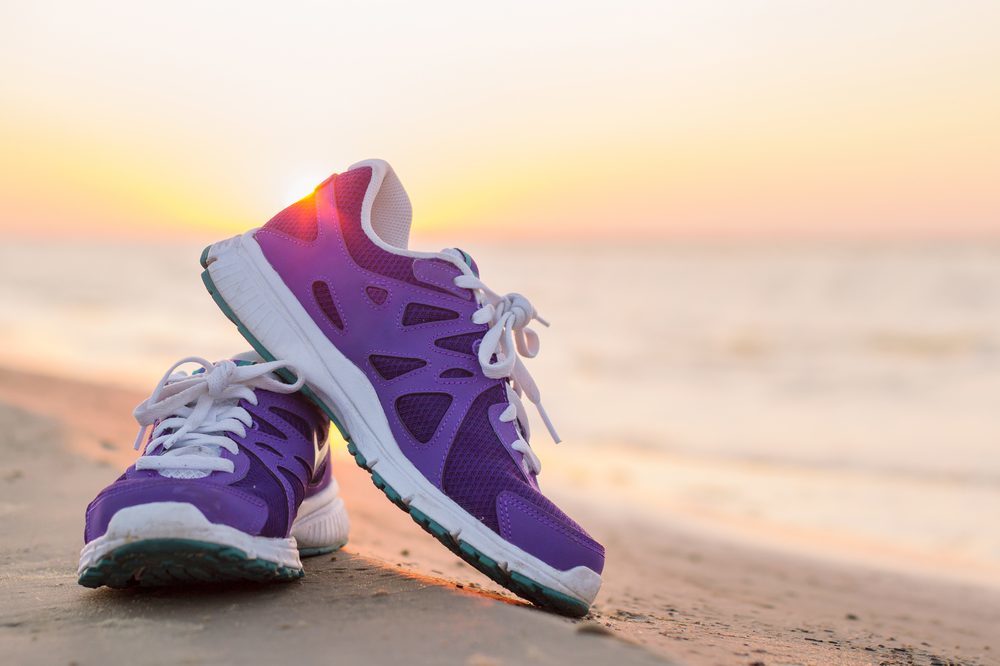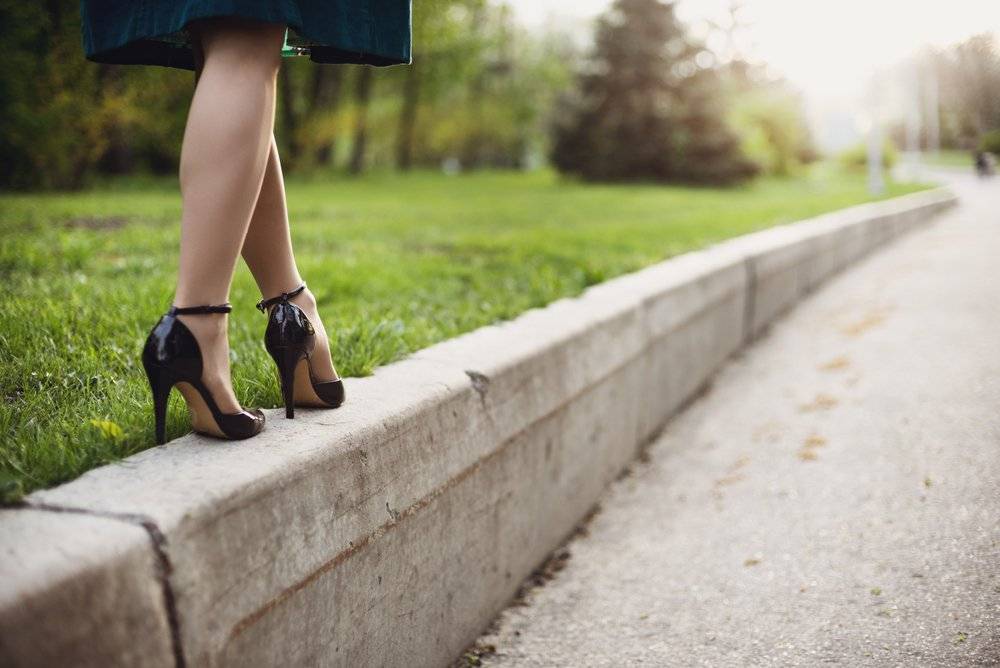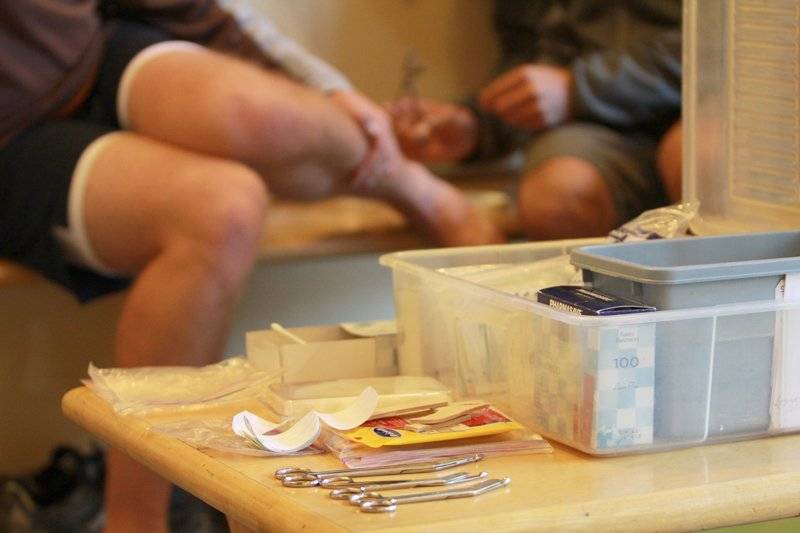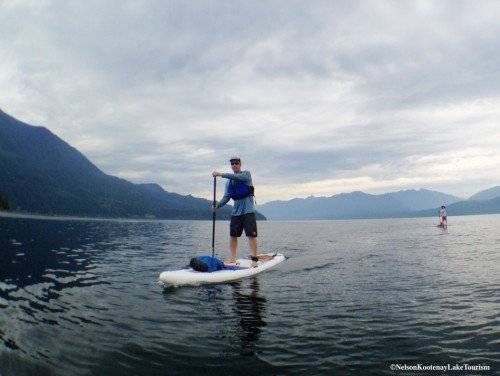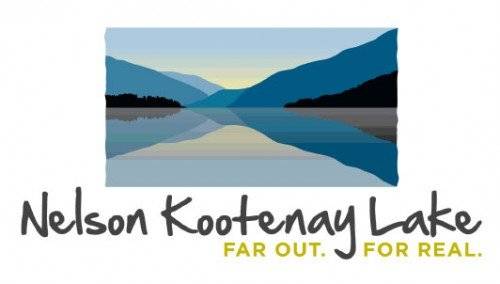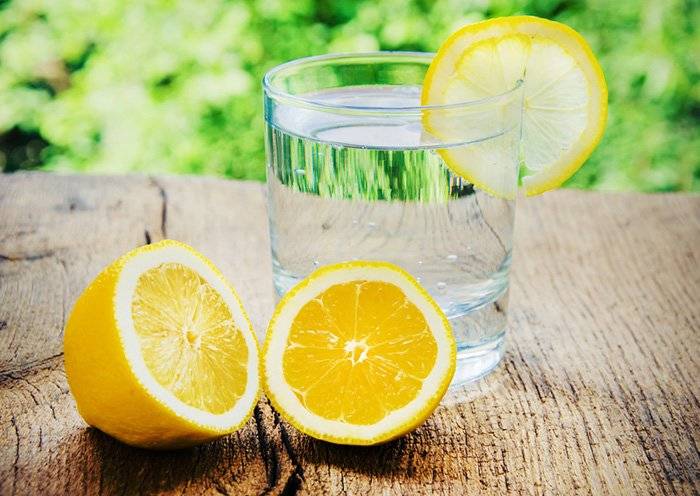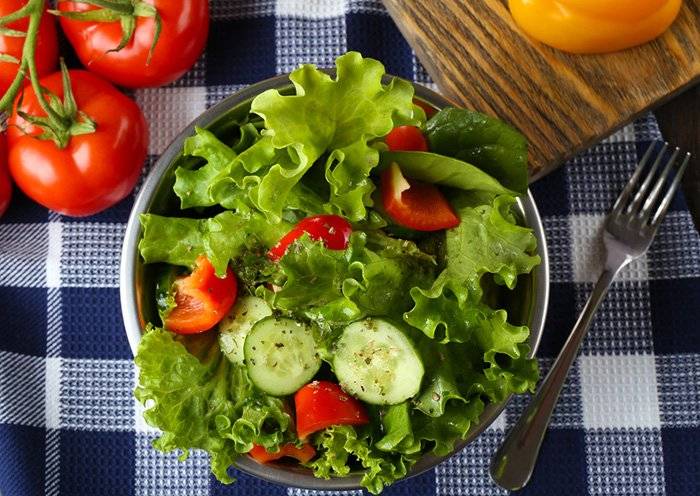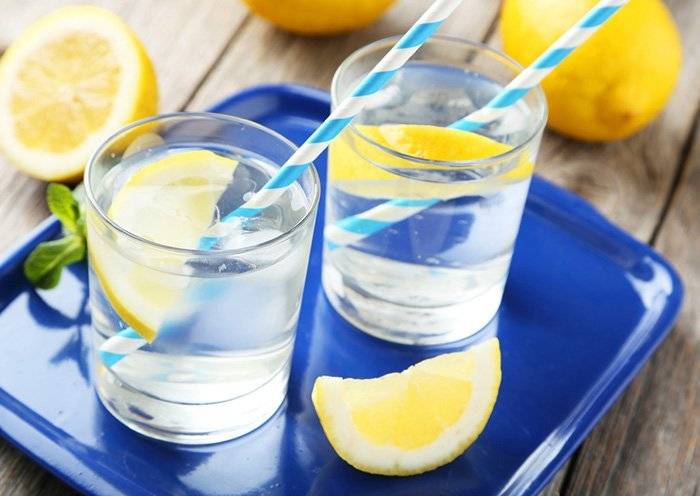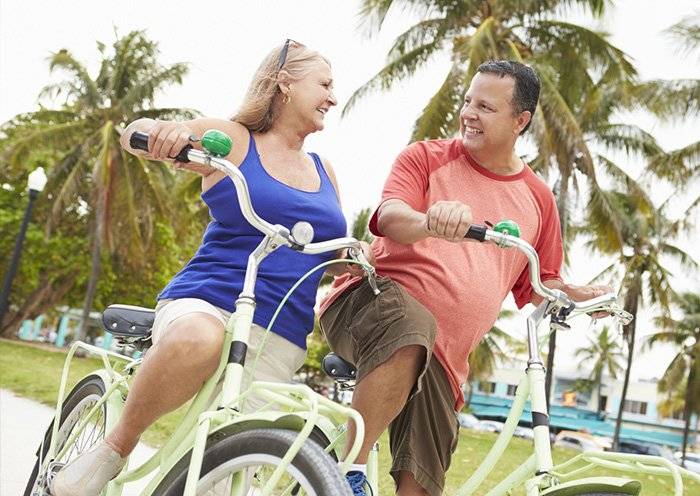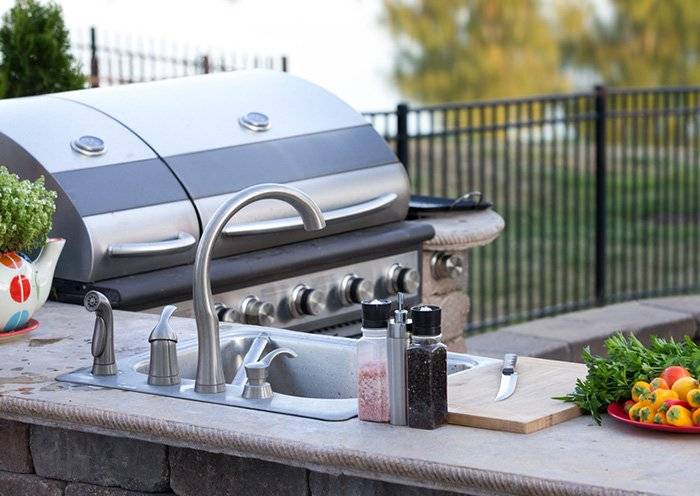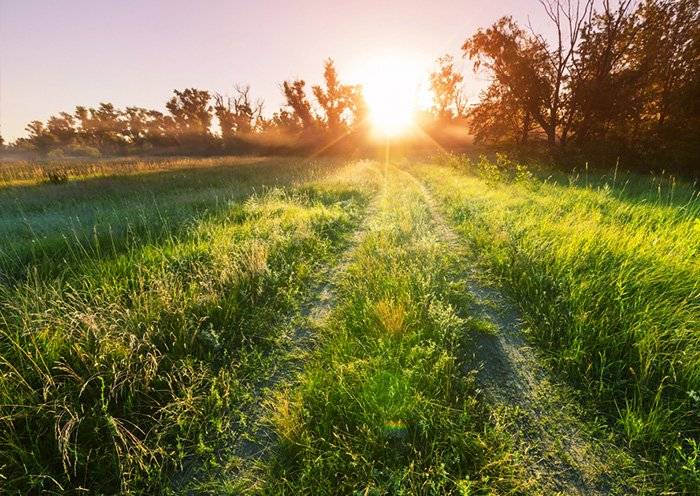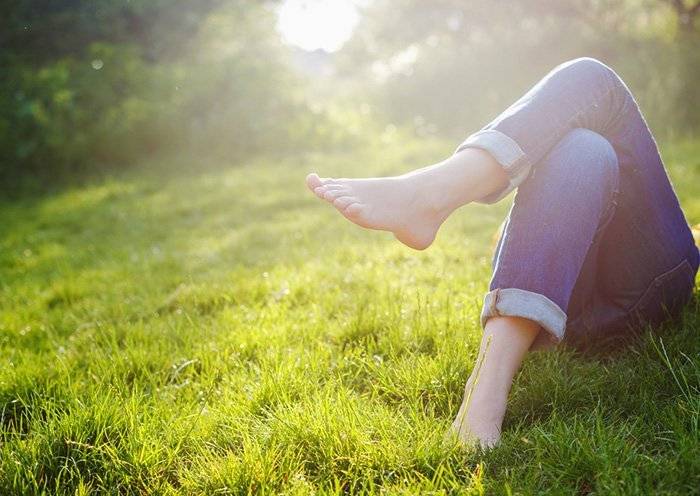The Secret Formula to Proper Strength Training
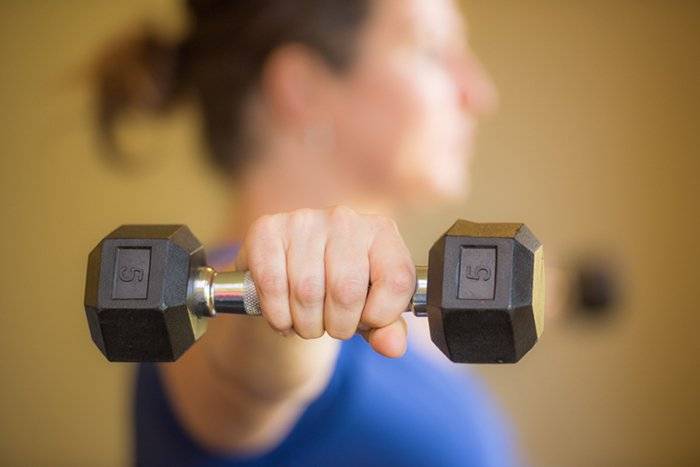
Don’t worry–we’re not expecting you to become a bodybuilder. But gaining a bit more muscle will help prolong your life. By increasing muscle mass, we increase bone density, burn more calories resting, and support an anabolic metabolism.
Strength training is all about building lean muscle mass to help raise your basal metabolic rate (BMR) to create a favorable metabolic environment for fat loss. As we age, we’re prone to muscle loss; a 50-year-old person can lose 0.4 pounds of muscle every year! Compound that with muscle loss due to a sedentary lifestyle, and we start storing more calories than we’re burning. In order to combat this muscle loss, we must work our muscles to momentary muscular failure (MMF).
Benefits of Strength Training
By strengthening our muscles we burn more calories. In fact, one pound of muscle burns six calories a day just resting. Compare that to one pound of adipose (fat), which only burns two calories per day. Also, when hormones such as HGH (Human Growth Hormone) are elevated from strength training, fatty acids are more readily mobilized and used for fuel. The positive outcomes include:
- Higher energy levels
- Increased strength
- Counteracting osteoporosis and muscle decay
- Stronger core for stability, balance, and posture
- A longer life!
Our Formula for Effective Strength Training
- Start lifting, pushing, or pulling your body, or weights, to fatigue or MMF (momentary muscular failure), meaning you cannot do another rep.
- Do this 2x per week or 3x per week, allowing 48 hours between sessions for recovery.
- Work your largest muscles first, then your smallest. Ex: chest, then biceps; back, then triceps.
- Pick a weight that is difficult and intense to push, pull, or lift while maintaining good form. Max out your ability somewhere between 8-12 repetitions.
- Repeat each exercise twice with a 30-second recovery time between sets. Eventually, you can add a third set. Or increase the weight/resistance until 12 repetitions can easily be done on your second or third set, and then again increase the weight/resistance.
- Include compound exercises, such as squats, dead-lifts, rows, and bench presses as they fire the most muscles. Work your largest muscles first, your smallest last. Avoid muscle imbalance by ensuring you work both the front and back of your body. (Chest and back, quads and hamstrings, bicep and triceps, etc.)
- If you are new to strength training, hire a personal trainer to work with you to ensure good form, to motivate, and to reduce the risk of injury.
This formula will acutely inflame your muscle cells, which signals the growth hormone DHEA and other hormones to replace the smaller, atrophied muscle cells with larger and stronger cells. This reverses the effects of a catabolic metabolism, allowing us to maintain an anabolic, vital, growth-centered body for the rest of our lives.
What is Mountain Trek?
Mountain Trek is the health reset you’ve been looking for. Our award-winning retreat, immersed in the lush nature of British Columbia, will help you unplug, recharge, and roll back years of stress and unhealthy habits. To learn more about the retreat, and how we can help you reset your health, please email us at info@mountaintrek.com or reach out below:

